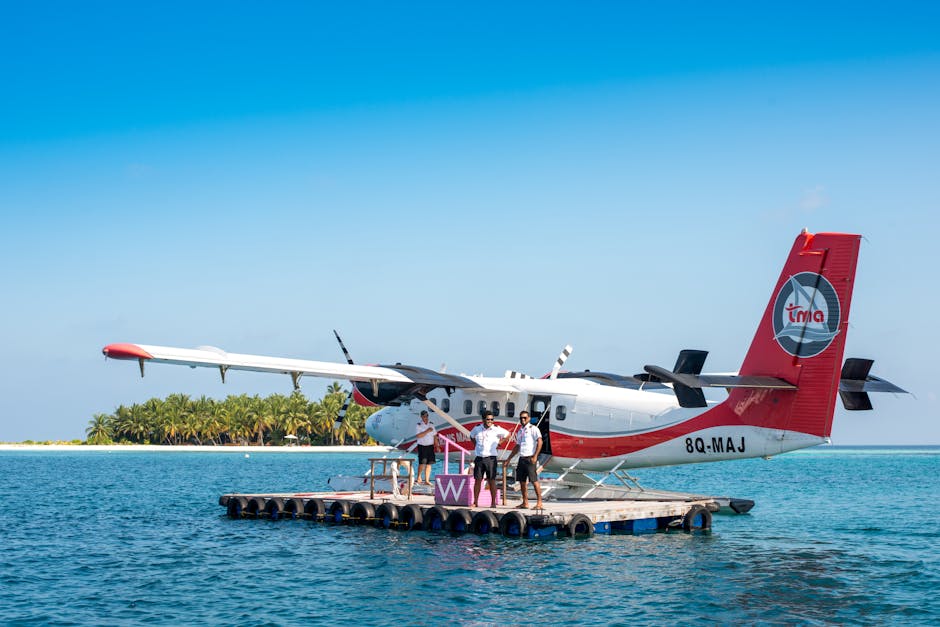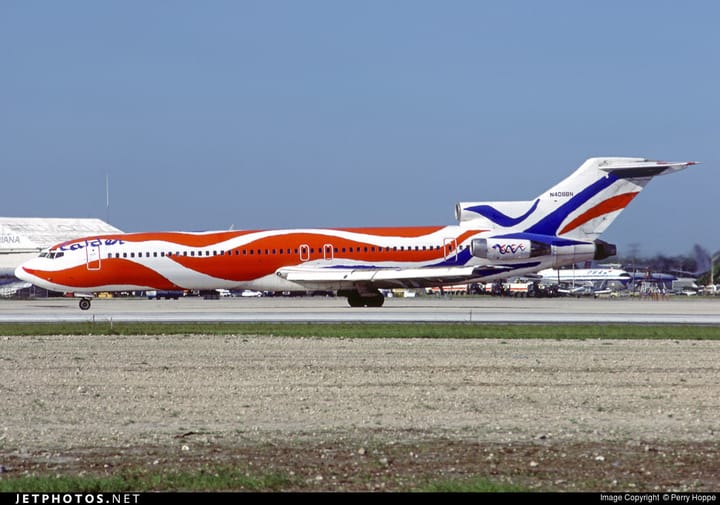Every era of aviation has been defined by breakthroughs that seemed, at the time, almost too ambitious to become reality. From the Wright brothers’ first powered flight to Chuck Yeager breaking the sound barrier, and onto the digital cockpits of modern fighters, innovation has always soared ahead. Now, the aviation world faces another paradigm shift: the rise of artificial intelligence (AI) as a pilot—not just an assistant, but a true rival, and perhaps a superior, to the best human aviators.
From Manual Mastery to Machine Intelligence
Since the dawn of powered flight, the role of the pilot has been at the centerpiece of aviation lore. The “stick and rudder” skills of World War I aces, the lightning-fast reflexes of Top Gun-era dogfighters, and the cool-headed decision-making of commercial captains have all been essential. Even as fly-by-wire and autopilot systems took over routine tasks, the idea that a machine could outfly a human in combat seemed far-fetched.
Yet, over the last two decades, advances in computing power, sensor technology, and machine learning have accelerated at a breathtaking pace. AI systems that once struggled with basic pattern recognition are now defeating chess grandmasters, diagnosing diseases, and yes—flying aircraft. The US Air Force’s recent tests with the X-62A VISTA (Variable In-flight Simulation Test Aircraft) mark a turning point: AI isn’t just flying; it’s dogfighting against experienced fighter pilots—and winning.
The X-62A VISTA: A Testbed for AI Dominance
The X-62A VISTA is a heavily modified F-16, built to test advanced flight control systems and, more recently, autonomous AI pilots. In 2023, this aircraft became the center of global attention as Air Force pilots squared off against AI-driven algorithms in simulated and real-world dogfights. The results were nothing short of astonishing.
- AI Outmaneuvers Human Pilots: In many test sorties, the AI not only matched but outperformed human pilots, executing split-second maneuvers with precision and consistency impossible for any human, no matter how skilled.
- Learning at Machine Speed: Unlike human trainees, who require years to master tactics, the AI can process millions of simulated engagements in hours, refining strategies and adapting to new threats at a pace that’s simply inhuman.
- Unmatched Endurance and Focus: Fatigue, stress, and distraction are alien concepts to AI. It can operate at peak efficiency for as long as the aircraft’s systems allow, never losing focus in the chaos of aerial combat.
This isn’t just about “flying on rails” either. The AI is learning to improvise, deceive, and exploit weaknesses—hallmarks of ace pilots throughout history.
Why This Matters: The Stakes for Modern Airpower
The implications of AI-piloted aircraft extend far beyond technological curiosity. Air superiority has always depended on the ability to outthink and outmaneuver the enemy. If AI can consistently defeat human pilots, then the very definition of air combat changes.
Consider these key areas:
- Force Multiplication: AI can quickly scale across fleets, giving air forces the ability to deploy hundreds of “digital pilots” without the years of training required for humans.
- Risk Reduction: AI can take on the most dangerous missions—deep strikes, high-G dogfights, or operations in denied airspace—without risking human life.
- Cost and Efficiency: Training a human pilot costs millions and takes years. AI, once developed, can be updated and replicated at a fraction of the cost, with no need for rest or retraining.
- Rapid Adaptation: In a world where threats evolve at machine speed, only AI can keep up—analyzing, adapting, and deploying new tactics in hours, not months.
Broader Impact: Beyond the Cockpit
While much of the excitement (and anxiety) focuses on AI in fighter jets, the ripple effects reach every corner of the aviation industry:
Commercial Aviation
Already, airliners rely on advanced autopilots and fly-by-wire controls. As AI matures, it could take over more complex decision-making—optimizing fuel burn, rerouting around weather, or even handling emergencies faster and more reliably than human crews. While fully autonomous passenger flights may still be years away, AI will increasingly serve as a “copilot” that augments human decision-making, making flight more efficient and safe.
General Aviation and Drones
AI is poised to revolutionize smaller aircraft and unmanned aerial vehicles (UAVs). Imagine AI-driven crop dusters, rescue drones, or even pilotless air taxis navigating crowded skies with inhuman precision. This would open aviation to new operators and applications, democratizing the skies.
Passenger Experience and Safety
For travelers, the rise of AI could mean fewer delays, safer flights, and smoother operations. AI can anticipate weather disruptions, optimize takeoff and landing sequences, and minimize human error. The ultimate goal: aviation that is not just faster or cheaper, but fundamentally safer and more reliable.
Challenges on the Horizon
Of course, the path to AI supremacy isn’t without turbulence. Trust, ethics, and accountability loom large:
- Trust in Automation: Would passengers board a fully AI-piloted airliner? Public acceptance will hinge on flawless safety records and transparent design.
- Ethical Dilemmas: In combat, who decides when an AI can use lethal force? The military must balance strategic advantage with accountability and international law.
- Cybersecurity: With great connectivity comes great vulnerability. Ensuring AI systems are impervious to hacking or manipulation is paramount.
- Human-AI Teaming: The future may not be “AI versus human” but “AI and human,” with pilots focusing on mission command while AI handles the flying. Training, doctrine, and cockpit design will need to evolve in tandem.
The Dawn of a New Aviation Era
The X-62A VISTA tests are just the beginning. As AI continues to mature, it will reshape how we think about pilots, planes, and the very nature of flight. For aviation enthusiasts, this is a front-row seat to history. The “right stuff” is no longer limited to flesh and blood—now, it’s lines of code, learning and evolving at the speed of thought.
Will AI forever replace the need for a human hand on the stick? Perhaps not entirely. The romance of flight, the intuition and creativity of a seasoned aviator, will always have a place. But the skies are getting smarter, and the next ace might just sign its name in binary.
One thing is certain: the cockpit of the future belongs to those who can harness the best of both worlds—human ingenuity and artificial intelligence. Fasten your seatbelts; aviation’s next great adventure is about to take flight.


